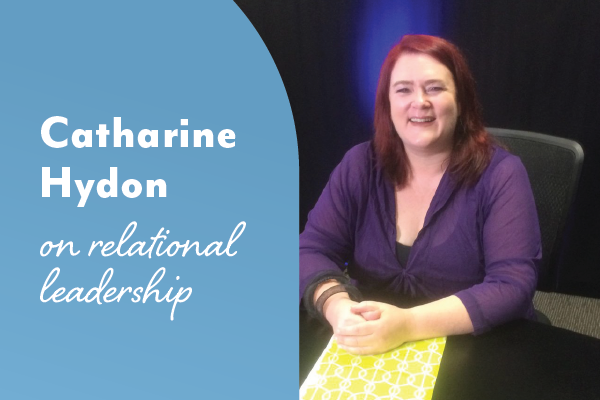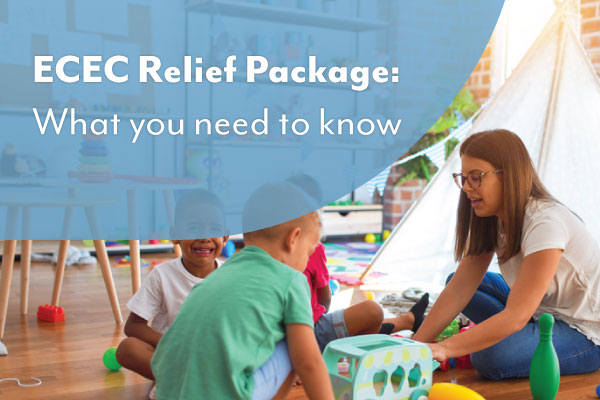
While some children arrive at centres with a smile and are happy to wave goodbye to mum or dad without a worry in the world, others aren’t as comfortable with the idea.
Similarly, while some parents rush off to work after a quick hug and kiss, others find the drop off to be a distressing experience.
It’s important to know that separation anxiety is normal and quite common for both children and parents. As early childhood educators, you will find that separation anxiety can exhibit itself differently depending on a child’s age and own response to the separation, as well as past experience and familiarity.
An anxious parent can make a child’s transition into care more challenging than it needs to be, not to mention put pressure on your centre with phone calls and frantic farewells. Thankfully, there are ways that educators can help to ease the anxiety and minimise stress for parents and children at drop off.
Here are 5 ways to soothe separation anxiety in parents (plus they will help children too):
- Prepare
At some stage, children are going to need to leave their parents’ side, so it can be helpful to prepare for this early on. As educators, we can encourage parents to leave their child with a trusted carer for an hour here and there in the lead up to their children commencing childcare and/or pre-school. Ensuring your centre has an orientation process can help too.
- Routine
Encourage families to have a routine for the days that the child is attending an early learning centre. This way everyone will come to know what is happening next. When arriving at the centre, be welcoming and ready. Help to facilitate the separation by working with parents and children to maintain rituals they are comfortable with.
- Build Trust
Assure parents that you are confident about looking after their child and show them that you will be in tune with the child’s needs by finding out as much as possible about the child. Build a relationship with parent/s and child, and demonstrate to parents that you are invested in the well-being of their child. Let them know that they can call if they are concerned. But that if the child is distressed and there are any issues, let them know that you will call them anyway.
- Comforter
It’s well known that children find it calming to have a familiar toy or object to comfort them when away from the family, but parents may benefit from this approach too. Suggest that the parent and child exchange a token at drop off and remind them that they will return the token later in the day at pick up time.
- Familiarity
Encourage parents to spend some time in the centre and their child’s room to get to know space. This can help parents to visualise how their child is spending the time apart and lessen the feeling of detachment from the child’s day. It also helps the child to transition more smoothly.
Take a look at this educational resource from the ACECQA website for more tips and ideas for managing separations for children and families. If separation anxiety goes on for an extended period of time in either children or adults, work with your centre and the family to create an action plan and combat the separation anxiety together.
By sending this message, you are accepting to receive communications from Selmar, including internal sales staff responding to your enquiry. |



